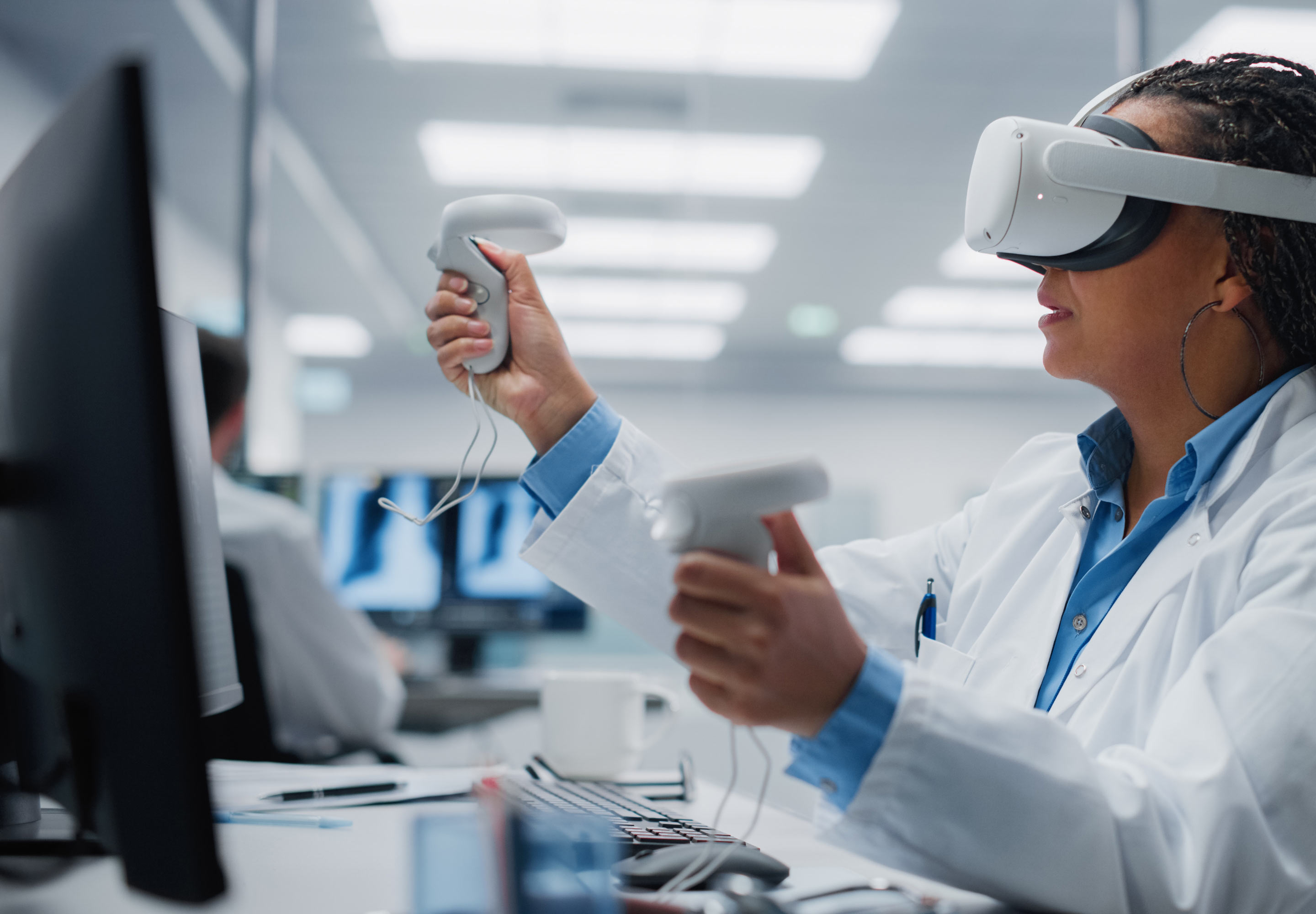-
Featured services
2026 Global AI Report: A Playbook for AI Leaders
Why AI strategy is your business strategy: The acceleration toward an AI-native state. Explore executive insights from AI leaders.
Access the playbook -
Services
View all services and productsLeverage our capabilities to accelerate your business transformation.
-
Services
Network Services
-
Services
Cloud
-
Services
Consulting
-
-
Services
Data and Artificial Intelligence
- AI and Intelligent Solutions
- Data/AI Strategy and Program
- Data Engineering and Platforms
- Data Governance and Management
- Data Visualization and Business Decision
- GenAI Consulting
- GenAI Platforms
- GenAI Industry Services
- GenAI Infrastructure Services
- GenAI Value Transformation
- View Data and Artificial Intelligence
-
Services
Infrastructure Solutions
-
Services
Global Data Centers
-
Services
CX and Digital Products
-
Services
Application Services
-
Services
Sustainability Services
-
Services
Digital Workplace
-
Services
Business Process Services
-
Services
Generative AI
-
Services
Cybersecurity
-
Services
Enterprise Application Platforms
![]()
Accelerate outcomes with agentic AI
Optimize workflows and get results with NTT DATA's Smart AI AgentTM Ecosystem
Create your roadmap -
-
-
Insights
Recent Insights
-
The Future of Networking in 2025 and Beyond
-
Using the cloud to cut costs needs the right approach
When organizations focus on transformation, a move to the cloud can deliver cost savings – but they often need expert advice to help them along their journey
-
Make zero trust security work for your organization
Make zero trust security work for your organization across hybrid work environments.
-
-
![]()
2026 Global AI Report: A Playbook for AI Leaders
Why AI strategy is your business strategy: The acceleration toward an AI-native state. Explore executive insights from AI leaders.
Access the playbook -
-
2026 Global AI Report: A Playbook for AI Leaders
Why AI strategy is your business strategy: The acceleration toward an AI-native state. Explore executive insights from AI leaders.
Access the playbook -
Discover how we accelerate your business transformation
-
About us
CLIENT STORIES
-
Liantis
Over time, Liantis – an established HR company in Belgium – had built up data islands and isolated solutions as part of their legacy system.
-
Randstad
We ensured that Randstad’s migration to Genesys Cloud CX had no impact on availability, ensuring an exceptional user experience for clients and talent.
-
-
CLIENT STORIES
-
Liantis
Over time, Liantis – an established HR company in Belgium – had built up data islands and isolated solutions as part of their legacy system.
-
Randstad
We ensured that Randstad’s migration to Genesys Cloud CX had no impact on availability, ensuring an exceptional user experience for clients and talent.
-
![]()
2026 Global AI Report: A Playbook for AI Leaders
Why AI strategy is your business strategy: The acceleration toward an AI-native state. Explore executive insights from AI leaders.
Access the playbook -
- Careers
Topics in this article
The Internet of Things (IoT) is reshaping the world around us. The use of connected devices is making it easier for organizations to enable people to do their jobs better and more safely, and has improved business functions such as asset or customer tracking in industries ranging from construction to advertising.
NTT’s IoT connectivity services already link many sensors, robots, vehicles and other devices to the cloud. And we’re seeing how augmented and virtual reality (AR/VR) technologies are making a growing contribution to this revolution.
Solving real-world challenges with augmented and virtual reality
Many of the AR/VR sets that were first marketed to consumers are now sold to enterprise clients. We see this with Microsoft’s HoloLens, Google Glass and a slew of other technologies.
The healthcare industry can be a major beneficiary of this trend. People living in rural areas or less-developed countries often don't have access to decent care. Now, experts from anywhere in the world will be able to give live, step-by-step advice remotely to a medical practitioner who is operating on a patient. This will help provide quality healthcare more widely across the world.
Another example is reducing the time and cost involved in having experts travel to customer sites to resolve issues – a common business model in many industries. In these cases, AR/VR can help by bringing the problem to the expert, rather than the other way around. A smart-elevator system may be too complex for a customer’s own maintenance team to fix or maintain. But the system expert, working remotely, can put on a headset and guide on-site workers in real time via AR to fix an issue.
Digital twins and the metaverse
These use cases for AR/VR lead neatly into the IoT concepts of digital twins and the metaverse.
In a sense, metaverse is a new term, but in the IoT sphere we still talk about digital twins: that is, building a representation of a real thing (such as an office building) in a digital world. The digital twin is used to analyze the effects of changes or problems and to make predictions – the results of which can then be applied in the real world.
And this is the whole point of IoT: to create an efficient, automated way to monitor your environment, intelligently and in real time, so you can make informed decisions when it matters the most.
Read more about NTT and IoT connectivity and our IoT Services for Sustainability.
Sagi Elster is Senior Director and IoT Go-to-Market Global Lead at NTT.




